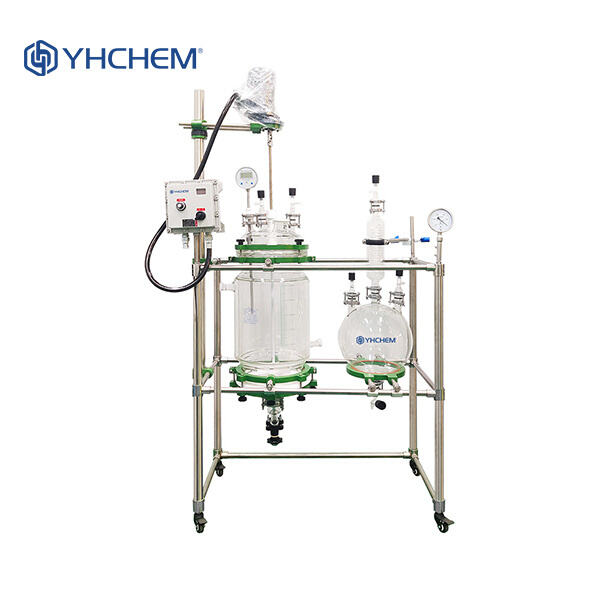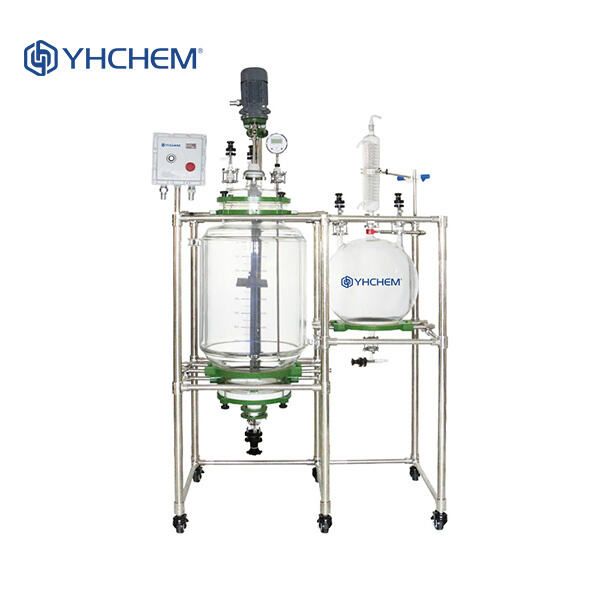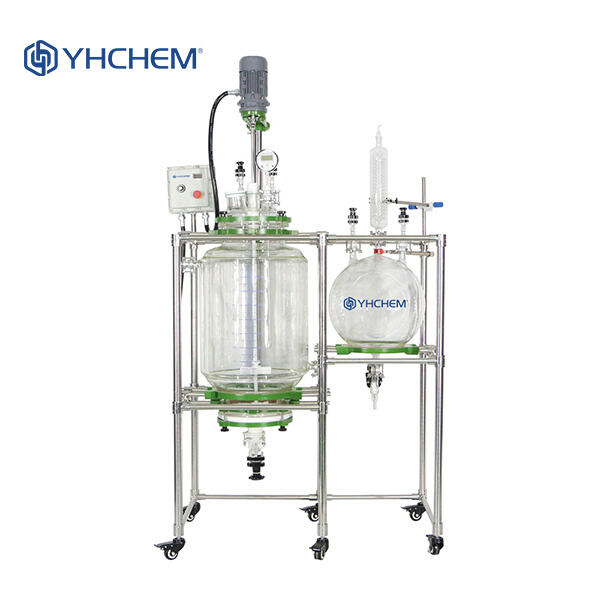You think learning how a crystallization glass reactor operates can’t be fun? Let’s take a look at the wizardy on the world of crystals and how you make one in a YHCHEM crystallization reactor.
Crystallization occurs when a solid material or mass forms from a liquid solution. This operation is controlled carefully in the crystalisation reactor to produce high quality crystals. Imagine the reactor as a kind of strange kitchen in which scientists mix and heat ingredients in just the right way to create the conditions that produce crystals.
Control of the proper temperature inside a crystallization tank is crucial. The temperature determines how large and what form those crystals will take. By maintaining the temperature just so, scientists can determine how quickly the crystals grow and ensure they all reach the same size.

As a first step, we could look at the various types of crystallization reactors found in factories and use these to build up some intuition as to the shapes and sizes of reactor that are equivalent to one another for various tasks. Some reactors come with built-in cooling systems to prevent overheating, while others feature stirring mechanisms to ensure an even blend of the liquid. YHCHEM has several types of crystallization reactors for aiding to the market needs.

In order to succeed at creating crystals, it is imperative to work fast and extract as many crystals as you can from the reactor. By optimizing the conditions inside the reactor, scientists can produce more crystals and throw away less material. YHCHEM adopts intelligently remote control technology to make it filling volume increased and get plenty of high-quality crystals efficiently.

It is very crucial to implement safety while working on a crystallization reactor. You need to train people properly and watch over them to keep everyone safe and prevent accidents. YHChem values safety as the life of all the products and provides the user’s operating instruction for each crystallization reactor.